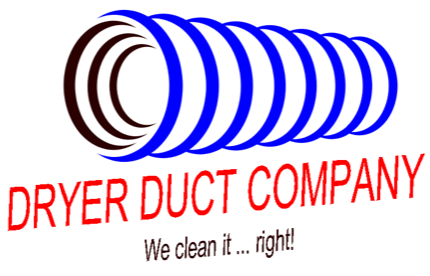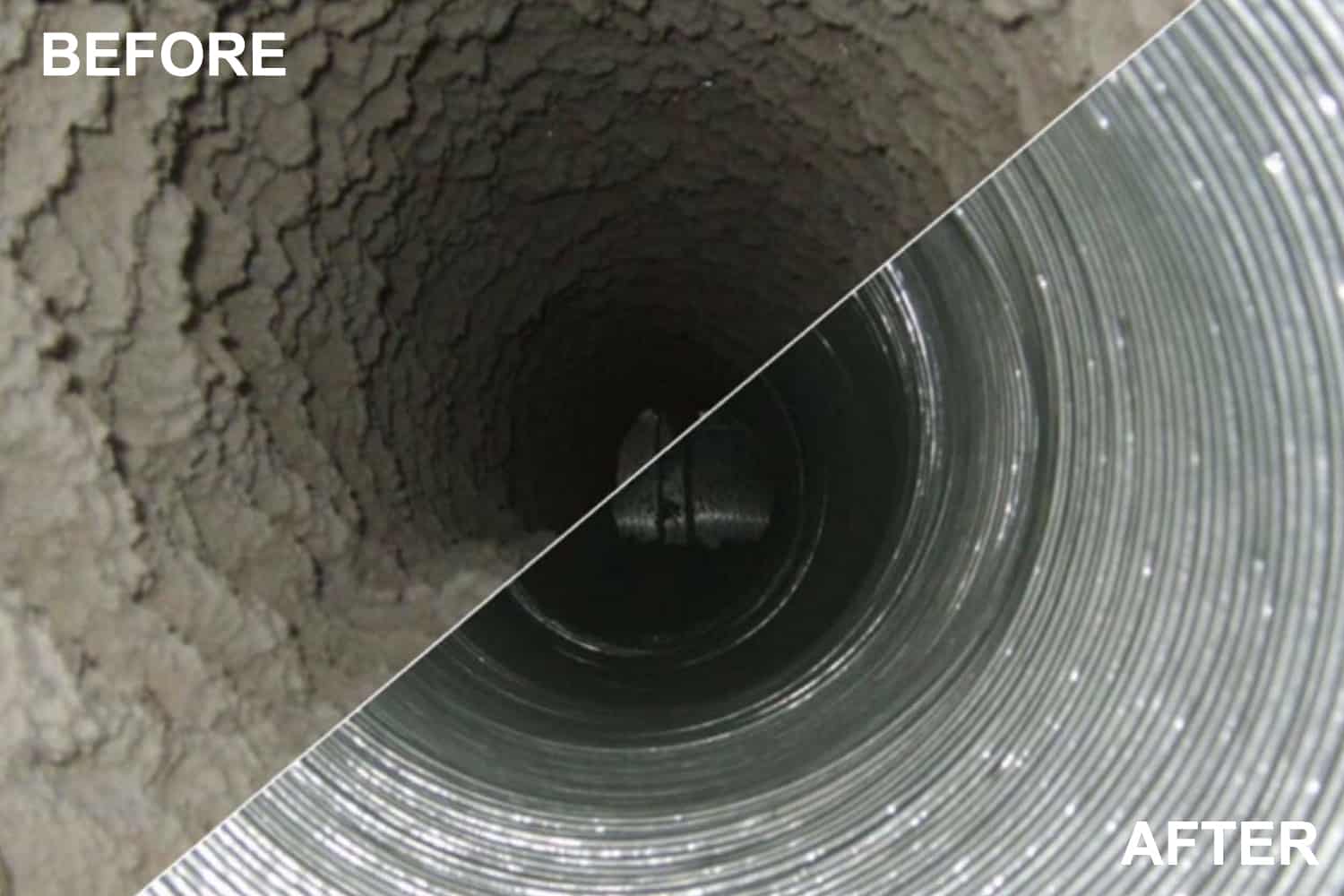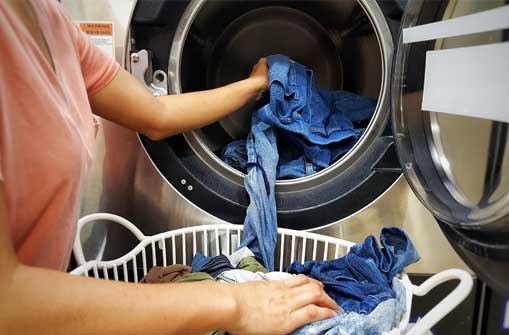Specialist Heating Duct Cleaning San Jose - Book Now!
Specialist Heating Duct Cleaning San Jose - Book Now!
Blog Article
Specialist Tips for Effective Heating Air Duct Cleansing to Enhance Indoor Air Quality
Reliable home heating duct cleansing not just ensures a healthier living setting yet likewise makes the most of the effectiveness of your A/c system. From comprehending the value of normal air duct cleaning to understanding whether to decide for a DIY technique or work with specialists, there are numerous considerations that can make a significant distinction in the air you breathe inside your home.
Significance of Regular Duct Cleaning
Regular air duct cleansing is necessary for preserving ideal indoor air top quality and ensuring the efficient operation of heater. Over time, dust, dust, allergens, and various other pollutants can gather in ductwork, distributing with the air whenever the furnace remains in use. This build-up not only jeopardizes the air high quality inside the structure yet likewise prevents the system's ability to operate properly.
By scheduling routine air duct cleaning, homeowner can reduce these concerns and advertise a much healthier interior environment. Clean ducts permit much better airflow, decreasing stress on the heating system and potentially extending its life expectancy. In addition, improved air top quality can cause less respiratory system troubles and allergies among occupants.
Ignoring air duct cleaning can result in different consequences, consisting of lowered energy performance, higher utility expenses, and a greater danger of system malfunctions. Therefore, investing in regular duct cleansing not just adds to far better air quality but likewise conserves money in the lengthy run by protecting against costly repair services and enhancing total system efficiency.
Tools and Tools Required
To effectively conduct home heating air duct cleaning, certain tools and equipment are required for thorough maintenance and debris removal. The essential tools for this task include a high-powered vacuum cleaner with a HEPA filter to successfully eliminate dust, dust, and other pollutants from the ductwork. Furthermore, a selection of brushes with different shapes and sizes are required to dislodge debris adhered to the duct wall surfaces. Assessment devices such as video cameras or mirrors are important for determining any kind of clogs or problems within the air duct system. Sealants and adhesives might likewise be required to fix any leaks or gaps in the ductwork to make certain optimal air movement and energy effectiveness.
Additionally, protective gear like masks, goggles, and gloves are vital to protect the technicians executing the cleaning from coming or inhaling harmful particles right into straight contact with impurities. It is essential to guarantee that all devices and equipment remain in great working problem prior to starting the cleaning procedure to accomplish the most effective results and maintain indoor air quality.
Step-by-Step Cleaning Process

Commence the heating duct cleansing procedure by completely evaluating the ductwork for any kind of visible debris or clogs making use of suitable inspection tools. Begin by removing air vent covers and utilizing a flashlight or a camera to peer into the ducts. Try to find dirt build-up, mold and mildew growth, or any kind of obstructions that might hinder air movement. As soon as the evaluation is complete, use a high-powered vacuum equipped with a HEPA filter to eliminate loosened debris and dirt from the ductwork. It is important to get to as far as possible right into the air ducts to guarantee a thorough tidy.
Following, use anxiety devices such as rotating brushes or air whips to dislodge persistent dust and particles stuck to the duct wall surfaces. These tools assist loosen up the accumulation, making it easier for the vacuum to remove the pollutants. In addition, take into consideration applying an EPA-approved sanitizer to eliminate any kind of remaining bacteria or mold and mildew spores, enhancing interior air high quality.
After cleansing and sanitizing, reinstall the vent covers and do a final inspection to make sure all ducts are clear and tidy. Performing a post-cleaning air flow test can also validate that the system is operating ideally. Regular upkeep and cleaning of home heating air ducts are essential for a healthier indoor setting.
DO IT YOURSELF Vs. Expert Cleansing
/filters:no_upscale()/media/6f747e0e-1d96-4118-bfcc-ca0bb440cfa3.png)
On the other hand, hiring an expert cleaning solution ensures a greater level of expertise and performance. Professionals have the understanding to determine and attend to different duct concerns, enhancing indoor air high quality effectively. They use sophisticated tools my website and techniques to provide an extensive cleansing that might not be possible through DIY methods. While specialist services come with a price, the long-lasting benefits of cleaner air and improved HVAC system performance frequently exceed the initial investment. Ultimately, the choice in between do it yourself and expert cleansing ought to be based on private scenarios, considering aspects such as spending plan, time, and the intricacy of the air duct system.

Maintenance Tips for Clean Ducts
Taking into consideration the significance of keeping ideal interior air top quality and the sanitation of heating air ducts, implementing regular maintenance techniques is vital to make sure efficient operation and longevity of the heating and cooling system. To keep air ducts clean and working properly, house owners should focus on changing air filters on a regular basis. Unclean filters can block airflow and enable dust and particles to gather in the ductwork. Additionally, securing any leaks in the ducts can protect against air loss and the entrance of contaminants. Inspecting ductwork for indications of damages, such as openings or disconnected sections, is also crucial to preserve a tidy system (heating duct cleaning san jose). Moreover, scheduling specialist air duct cleaning every 3-5 years can significantly boost indoor air top quality by removing collected dirt, mold and mildew, and various other pollutants. By adhering to these maintenance ideas, house owners can boost the effectiveness of their heating and cooling systems, advertise far better air top quality, and prolong the life-span of their More about the author ductwork.
Final Thought
Finally, keeping clean heating ducts is important for boosting interior air quality and making certain the effective operation of HVAC systems. Routine cleansing using the suitable tools and equipment, complying with a step-by-step process, and taking into consideration specialist solutions when needed can all add to a healthier living environment. By carrying out appropriate maintenance suggestions, house owners can appreciate cleaner air and much better power performance in their homes.

Routine air duct cleaning is important for preserving optimal interior air high quality and guaranteeing the efficient procedure of home heating systems. Inevitably, the choice between Do it yourself and expert cleaning need to be based on private situations, evaluating aspects such as budget, time, and the complexity of the duct system.
Scheduling expert air duct cleansing every 3-5 years can dramatically improve indoor air high quality by getting rid of gathered dirt, mold, and various other toxins.
Report this page